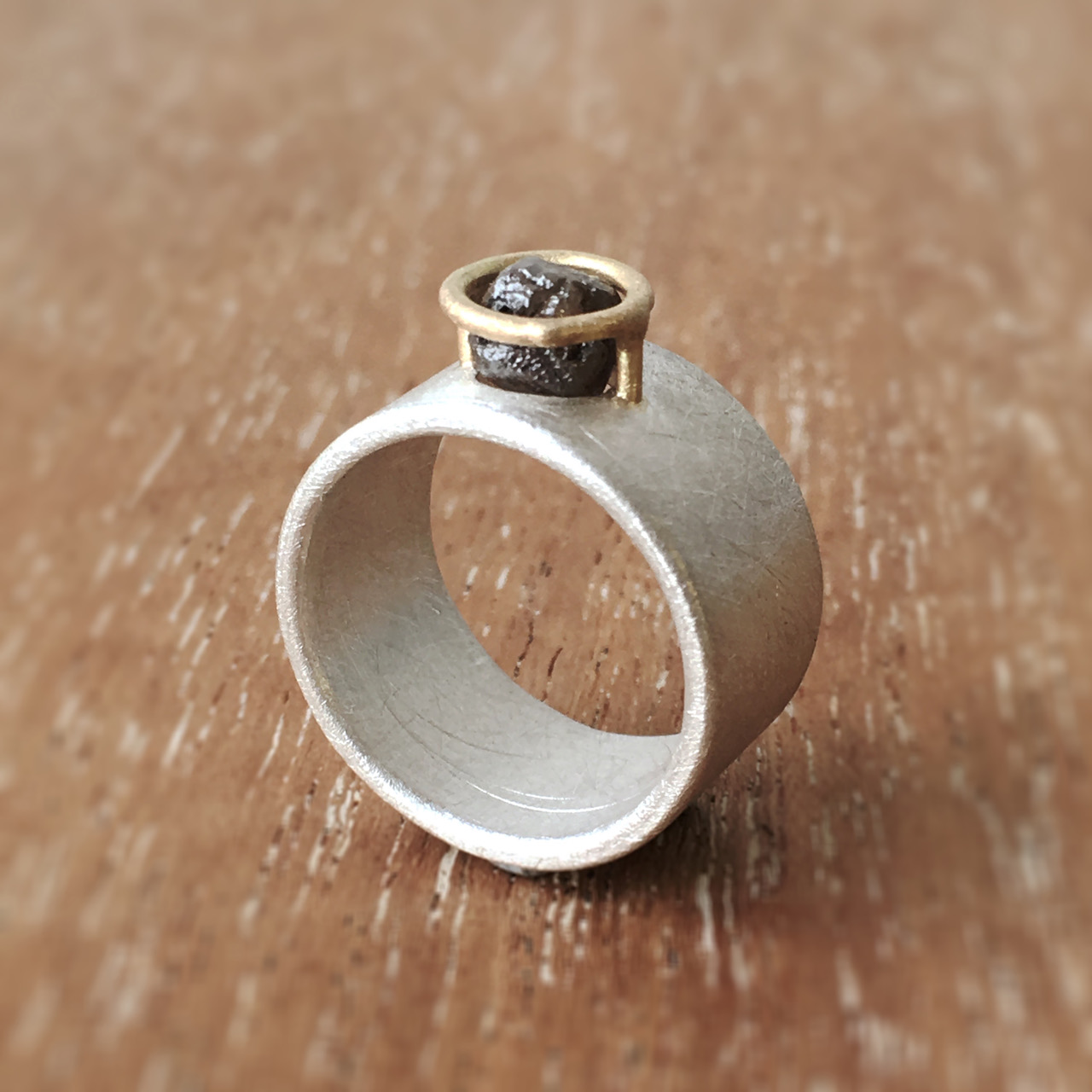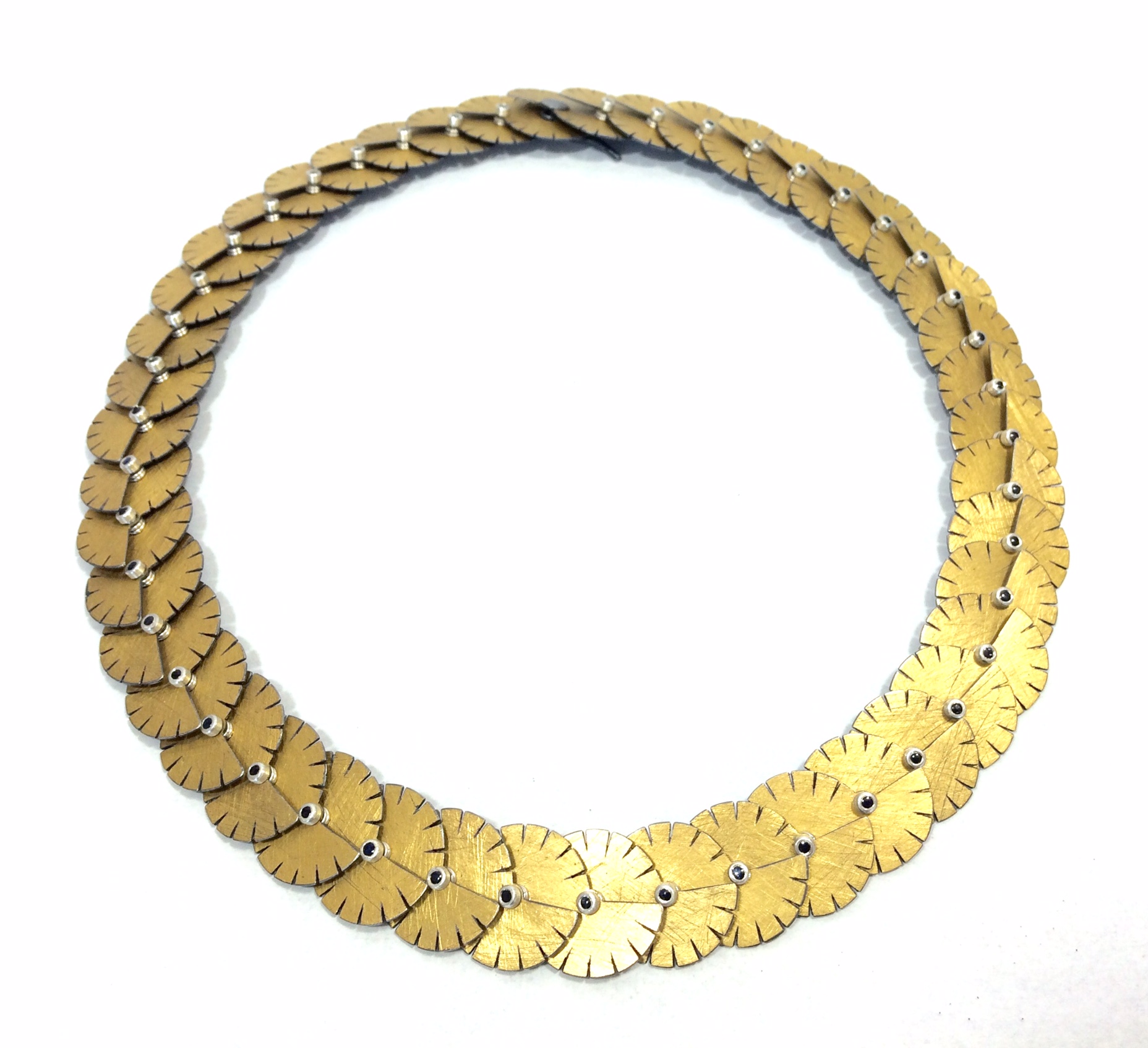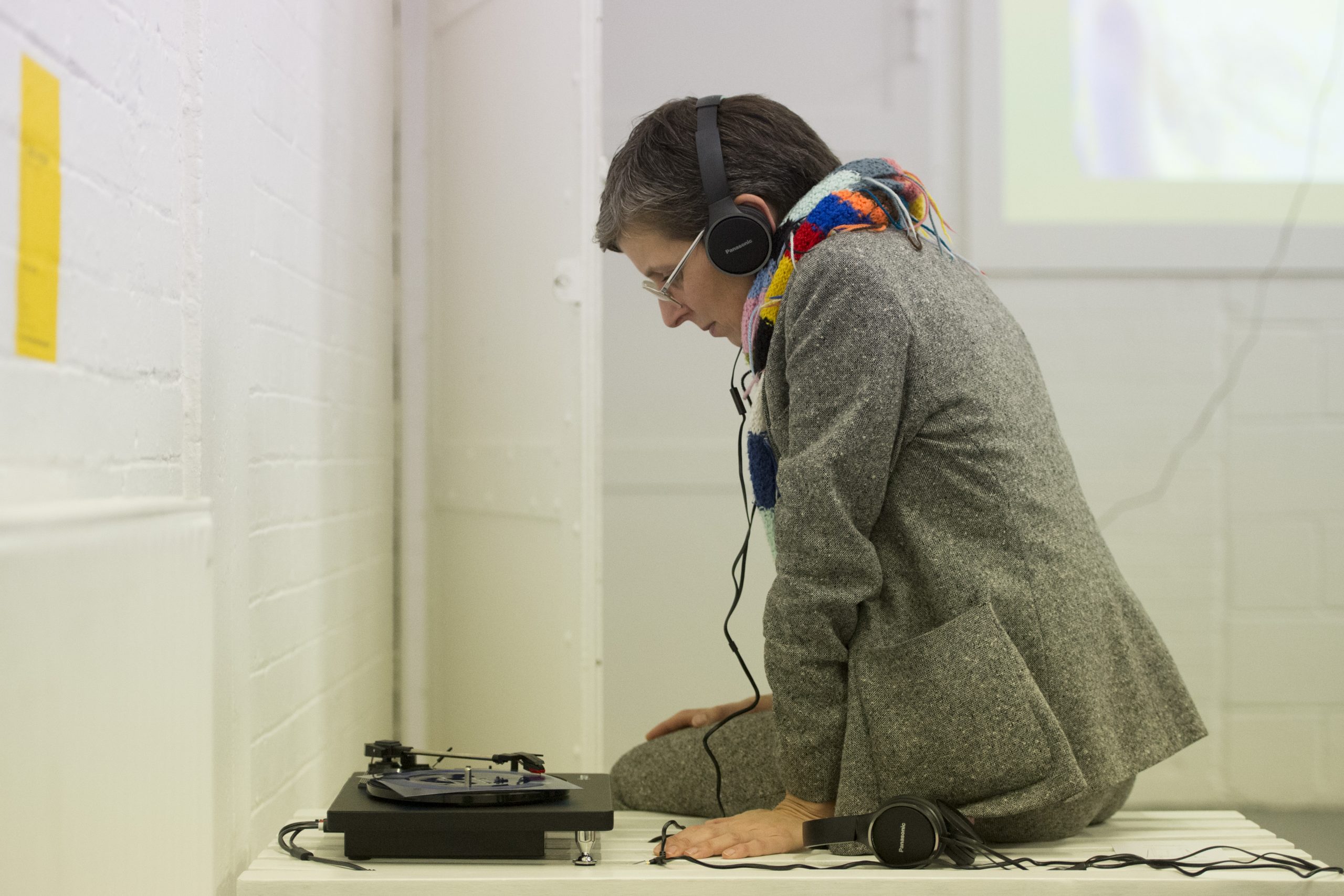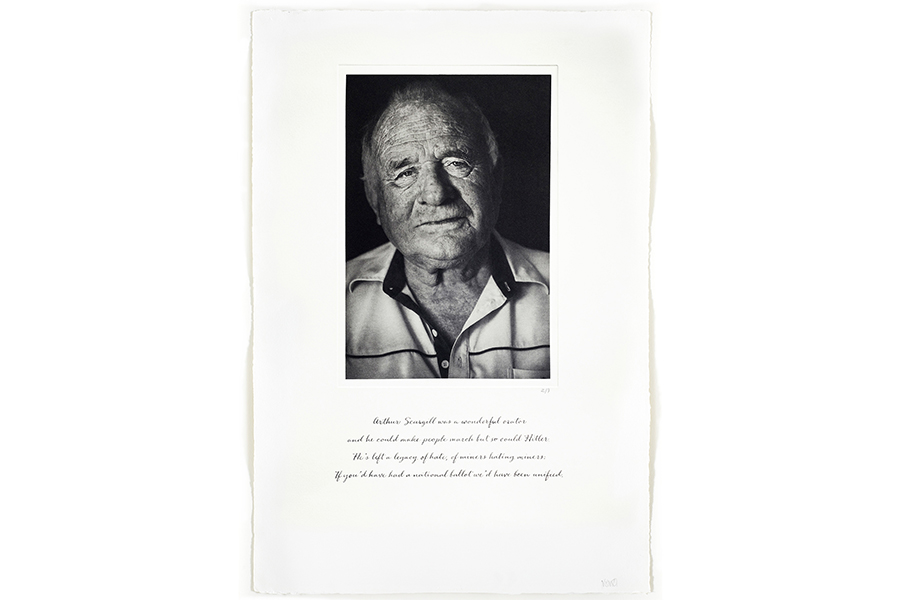
LCN Story: Jeweller Sophie Stamp
Sophie Stamp creates tactile and kinetic jewellery objects in precious metal, inspired by industrial, horological and vintage paraphernalia. Her pieces develop as a result of simplifying and re-working mechanisms, implements and apparatus.
Disassembling an old piece of machinery is like exposing a treasure trove bursting with unusual shapes and elegant forms from which to draw inspiration. The components interact with one another as does the wearer with a piece of jewellery; rolling, spinning, rotating …
Sophie Stamp’s recent work has emerged from a fascination with hinges and box making following a two week silversmithing scholarship with Rod Kelly, Master Silversmith, in Shetland. Inspired by pocket watch casings and phials from an old watchmakers toolkit, each piece is a technical accomplishment and completely unique … a wearable box for hiding a sentimental talisman or trinket.
She is very much concerned with the making process itself and interpreting age old, traditional hand techniques in a contemporary way, and relishes the challenge of making pieces that look simple, but are very technical in their construction.
What new product, service, business system or project are you introducing to your practice and why?
I would really like to develop my business within the e-commerce realm with a new e-commerce function website using a different system, and increase sales online through this and social media channels, including starting to use Pinterest. My ultimate aim is to be able to locate my practice wherever I like in the world (with an internet connection of course) and make a living mostly from international e-commerce and stockists (ready-to-wear and bespoke commissions) without the pressure of an endless cycle of shows and exhibitions.
To begin achieving this I will be working hard over the next year or so developing a number of areas within my practice including re-branding, product development, marketing, and figuring out a strategy for building relationships and trust with my potential market without that face to face communication you have at shows or exhibitions. This is going to include developing a range of new ready to wear products, plus a new material (leather), and expanding my product ranges to include both jewellery, but also accessories and bags. I also want to offer a new bespoke service – a kind of ‘build your own’ service where customers choose from a selection of predetermined elements to create their own piece.
What was the main motivation behind your application to the LCN programme?
Since participating in the Crafts Council’s Hothouse 3 Programme for emerging makers in 2013 I have had three years to develop my practice, test the market and start establishing myself as a jewellery designer. Through trial and error I started to get to grips with what was and wasn’t working for me in terms of my business and I began to have a much better idea of what I wanted to achieve and how I would like my practice to grow over the next few years.
Having identified the many ways in which I wanted my business to evolve I began to feel quite overwhelmed and felt that I needed support in planning how to make changes and implement strategies to help me focus and push things to the next level, so I decided to apply to the LCN programme.
What is the most useful advice or tips you’ve been given on the programme so far?
During the initial session we were guided through techniques to help us visualise where we wanted to be in terms of our practice in a given timeframe. I chose a three year period and made a list of all the areas I thought needed focus and development in order to reach my goals. We then attempted to refine our list into the top 5 things we needed to focus on, in the order they needed developing, and discussed this in pairs. I found the discussion process really useful in clarifying the order of my list of priorities because it turned out to be slightly different than I first thought.
Another technique I found really useful was a way of breaking down each item on our list of priorities into separate tasks, just focusing on one mini-task at a time, to make the development process more manageable and therefore less overwhelming.
What plans do you have after participating with LCN?
My aims after participating with LCN are to continue marketing and growing my e-commerce business, slowly expanding my product ranges and building a sustainable practice. I can’t think too far past these goals right now but I hope to continue growing and perhaps employ a small team at some stage in the future if things go well.







